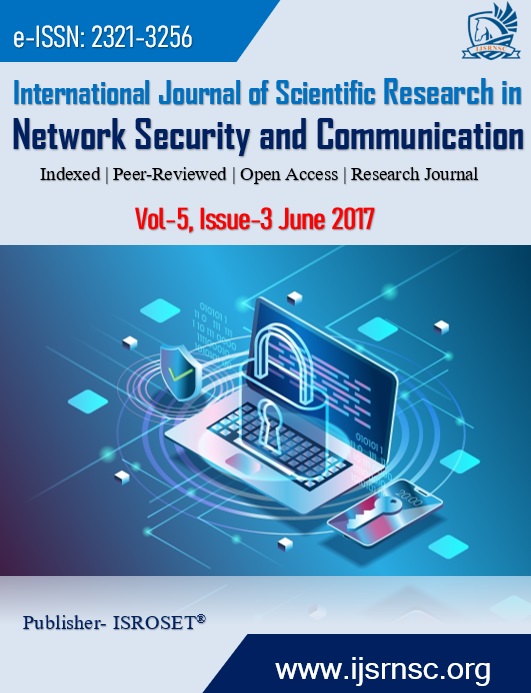Driverless train using Atmega16 for Crowd Management, Disaster Management and Anti Collision
Keywords:
Microcontroller, Atmega16, relay, TrainAbstract
The main aim of this paper is to illustrate the technology used in driverless metro train movements which are used in most of the developed countries. This train is equipped with a controller that enables the automatic stopping of the train from station to station. This train also has other features which are crowd management, disaster management and anti-collision. This paper presents the development process of a prototype for a driverless train implemented using Atmega16.
References
Sandeep V. Gaikwad, Kale K.V., Rajesh K. Dhumal and Amol D. Vibhute, "Analysis of TCI Index Using Landsat8 TIRS Sensor Data of Vaijapur Region", International Journal of Computer Sciences and Engineering, Vol.3, Issue.8, pp.60-64, 2015.
Q. Weng, “Thermal infrared remote sensing for urban climate and environmental studies: Methods, applications, and trends”, ISPRS Journal of Photogrammetry and Remote Sensing, Vol.64, Issue.4, pp.335-44, 2009.
M Kato, K Yamazaki, T Amazawa, T Tamotsu, "Straddle-type Monorail Systems with Driverless Train Operation System”, Hitachi Review, Vol.53, Issue.1, pp.1-25, 2004.
Cha JR, Kim JH, “Novel anti-collision algorithms for fast object identification in RFID system”, Proceedings In 11th International Conference on Parallel and Distributed Systems, USA, pp. 63-67, 2005.
Perry RW, “Incident management systems in disaster management”, Disaster prevention and management: An international journal, Vol.12, Issue.5, pp.405-412, 2003.
Downloads
Published
How to Cite
Issue
Section
License

This work is licensed under a Creative Commons Attribution 4.0 International License.
Authors contributing to this journal agree to publish their articles under the Creative Commons Attribution 4.0 International License, allowing third parties to share their work (copy, distribute, transmit) and to adapt it, under the condition that the authors are given credit and that in the event of reuse or distribution, the terms of this license are made clear.









